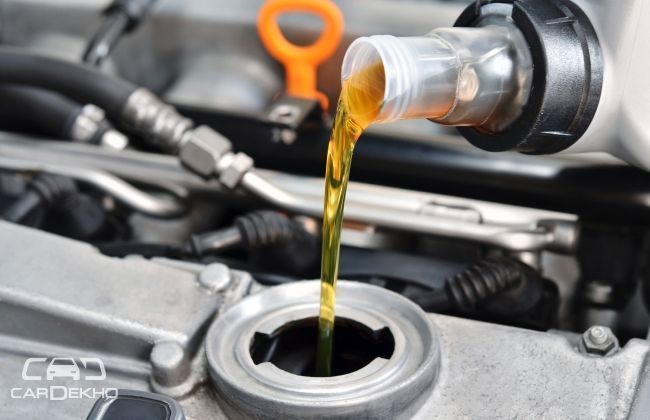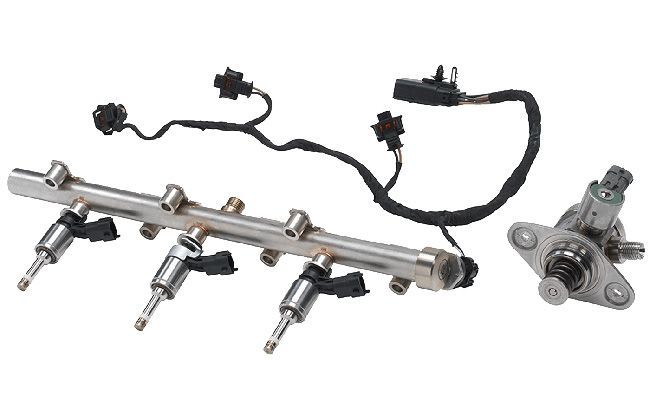5 Things to Know About Transmission of a Car
Modified On Oct 09, 2015 05:01 PM By Manish
- Write a comment
The transmission is one of the most important components of a vehicle. It is a component that ensures that your car can cruise with high speeds on freeways without busting a hole through your engine. The transmission is what helps you make those quick shifts, which get you from point A to B, as fast as possible. It is the ferocity of your transmission that helps you go faster. Overall, transmission is a vital module of your vehicle and a strong one at that. But if history has taught us anything, it's that even the mighty have fallen and without proper tender love and care, even your transmission might not be able to hold its own against what the road has to throw at it. So we have compiled five things that you need to know in order to enhance the life of your beloved transmission and avoid any unnecessary expenses.
1. Do Not Overheat Your Car.

A transmission is engineered to work at specific optimum temperature, which can be easily exceeded by overheating the vehicle. For instance, a majority of automatic transmissions are designed to operate at a maximum temperature of 200 degrees and as you exceed this temperature, the lifespan of your temperature is reduced by a factor of 2 with every 20 degrees that you go over. At 240 degrees, the organic oil based transmission fluid turns to varnish and this means that parts do not get proper lubrication, which is required for optimum functioning.
2. Maintain proper fluid levels.

One should ensure ideal transmission fluid levels are maintained because letting your transmission run out of fluids or running the transmission on low fluid levels will result in a breakdown. These fluids are responsible for regulating the temperature of your transmission and ensuring that the components remain lubricated and cool.
3. Periodically Change all the fluids.

The relationship between the transmission and the engine is a symbiotic one, which is why it is necessary to pay equal attention to all units of the car. One should adhere to instructions laid down in the owner's manual and periodically change all the fluids of the car. The transmission fluid and engine oil will eventually become dirty and over the course of time, wear and tear will cause metal bits to make their way in the oil, which can severely damage the components.
4. Avoid racing as much as possible.

Racing involves abrupt starts, high revs and quick acceleration, which causes the torque converter to produce a lot of heat that in turn, result in overheating of transmission in absence of ample rest intervals. In order to have the transmission run properly, the transmission fluid must be warmed up and so, one must give a substantial interval after starting an engine before driving away. Race cars feature specifically designed transmission units, which are capable of taking abuse that generic transmissions can not handle. Just Like quick starts, braking suddenly can damage the transmission and engine mounts, which will eventually cause damage to the transmission. A forced downshift at high revs causes excessive wear and tear of clutch and other transmission components. It is wise to have the mounts checked after an emergency stop.
5. Do not Abuse the drivetrain.

Taking or for that matter, forcing your car to tread on terrains that it is not meant for, results in excessive strain on your transmission unit. Rocking of the car that is caused as a result of getting stuck in sand, snow or mud terrains causes overheating and potential burning out of a transmission in a relatively short timespan. Rocking is the process of shifting the car from reverse to drive, so as to nudge the car out of the sand trap or the ditch it is stuck in. Drivers should not strain the car if it gets stuck, instead they should either opt to have the car towed and if possible, dig the car out. The transmission is also put through a lot of strain, when one’s driving in city’s stop-and-go traffic for too long or idling the vehicle for an extended duration of time. The wear and tear takes place because the transmission fluid overheats, which results in component failures, since both engine and transmission are working but to no avail, as the car isn’t moving.










